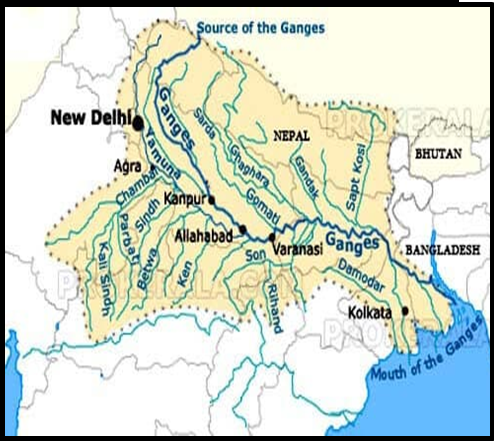“ANCIENT EARTHQUAKE SHIFTED GANGA RIVER COURSE”
Why in the news?
- A study revealed that an earthquake around 2,500 years ago caused the Ganga River to change course.
- Evidence includes sand dikes and optically stimulated luminescence dating of ancient sediment.
source:lotusrise
Study Discovery:
- Researchers found evidence of an ancient earthquake shifting the Ganga River’s course around 2,500 years ago.
- They identified two large sand dikes in the Ganges delta, showing the effects of seismic activity.
- The earthquake, estimated at magnitude 7 to 8, caused the river to abruptly change its path.
Methodology:
- Optically Stimulated Luminescence (OSL) Dating: Used to estimate burial time of mineral grains by measuring stored natural radiation.
- OSL dating of sand dikes and paleochannel samples indicated that the river avulsion and earthquake occurred simultaneously.
About Earthquake:
Key Terms:
What are Seismites?
|





